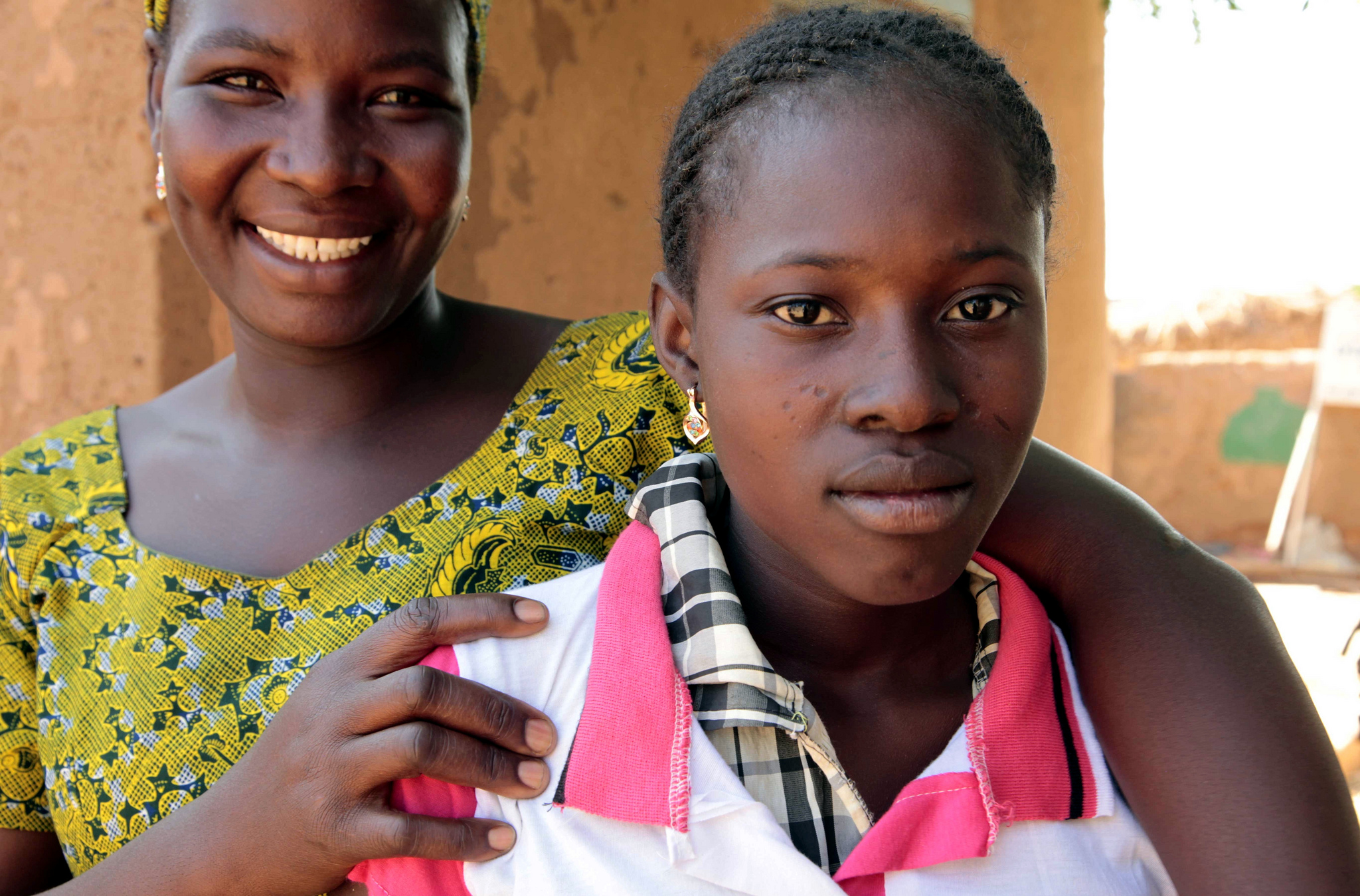Last week, experts in maternal newborn health gathered to discuss key takeaways from the 2016 Women Deliver Conference in Copenhagen and offer insights on future directions of the health and rights agenda for women and girls. The dialogue, “After Copenhagen, What Next for Women and Girls?” was part of the Maternal Health Task Force’s Advancing Policy Dialogue on Maternal Health Series in partnership with UNFPA and the Wilson Center.
The discussion, held 10 months after the adoption of the Sustainable Development Goals(SDGs) and two months post-Women Deliver, highlighted progress as well as areas for improvement in maternal newborn health. Panelists presented distinct perspectives from the lenses of policy and advocacy and shared experiences from their home countries and work settings.
Susan Papp, director of policy and advocacy at Women Deliver, emphasized that the guiding question of the conference was how to implement the SDGs to maximize benefits for girls and women. The global event had a bold and broad focus that spanned beyond the maternal and newborn health targets delineated in SDG 3. According to Papp, “If we only focus on SDG 3 as a way of improving maternal health and improving sexual and reproductive health and rights, we’re not going to achieve our goals.” Papp also noted that this year’s Women Deliver Ministers’ Forum brought together gender ministers, education ministers, finance ministers, foreign ministers and health ministers to discuss “what policy coherence looks like in the Sustainable Development era, which was a really tremendous step forward.”
Though each panelist attended the conference with a unique background and different perspective, the dialogue revealed several steps that will help advance the reproductive, maternal, newborn, child and adolescent health agenda:

1. Consider interlinkages
To make progress for women and girls, we must go beyond focusing on any one goal or target. As Papp stated, Women Deliver “wanted to create a program for all participants to look at the interlinkages between maternal health, sexual and reproductive health and rights, and education, cross-cutting issues like poverty reduction and water, sanitation and hygiene.”
Dr. Mary Nambao, deputy director of Mother Health in the Zambian Ministry of Health, echoed this notion, referencing the cross-cutting issues gleaned from Women Deliver. According to Nambao, “There are two things we have been silent about, and those are stillbirth and menstrual hygiene management.” As a result of the attention given to these issues at Women Deliver, Nambao has led conversations with the Zambian Ministry of Education and Ministry of Home Affairs to address menstrual hygiene management among female prisoners, an often neglected population.
Similarly, Alixandra Bacon, president of the Midwives Association of British Columbia, highlighted the theme of intersectionality. According to Bacon, Women Deliver was “a conference that honored the intersectionality of women’s identities and the intersectionality of the different Sustainable Development Goals (not just 3 and 5) and intersectionality of the various organizations and players who are going to see these goals become a reality.”
2. Improve accountability and data collection
While maternal mortality is on the decline in Zambia, now that more women are delivering in health facilities, those who were dying at home are now dying in the hospital. Thus, Nambao saw Women Deliver as an opportunity to learn how the Zambian Ministry of Health can become more accountable for maternal death beyond routine Maternal Death Surveillance and Response. Her team is now working towards establishing a real-time electronic maternal death notification system that will alert the Vice President and expedite reporting. They also aim to scale up community dashboards and health facility score cards.
Another post-Women Deliver outcome discussed at the dialogue was a recommitment to data. After attending the symposium and learning about various midwifery resources, Bacon realized that Canada does not have attrition data for midwives, “so that was a take-home piece of action.” Furthermore, Bacon noted the challenge and importance of implementing evidence-based care to improve maternal newborn health globally. She articulated, “We need this data to be able to change policy, whether you’re working in a developed or developing country.”
3. Invest in human resources and partnerships
Panelists acknowledged capacity building as another vital step in advancing the health and rights agenda for women and girls. As Nambao stated,
“It’s not that we don’t know what to do or we don’t know where the problem is… We do, but some of the problems need human resources. We need human beings to be there. It doesn’t matter how much money you can bring to Zambia—if we don’t have midwives especially, nothing will work.”
Returns on investments go beyond the health sector and include significant economic implications; for example, Papp referenced the recent McKinsey Global Institute report which found that investing in women’s equality has the potential to add $12 trillion to global growth.
Bacon reiterated the importance of investing in human resources and forming strategic partnerships. She reflected, “Perhaps what I got most from the [Women Deliver] Midwifery Symposium was connection.” The symposium facilitated organizational support and ongoing mentorship for the young midwifery leader participants.
The Canadian Association of Midwives and UNFPA have been supporting midwifery in Canada and South Sudan and have experienced the extensive effects of partnerships. According to Bacon,
“It’s about positioning midwives as experts in maternity care. When you’re positioned as an expert and supported by the ideal partner, then you grab the attention of policymakers locally. Before we started to work abroad, it was difficult to get our foot in the door nationally … [having partnerships in place] helps our agenda at home as well as abroad.”
- Watch the webcast recap
- Look out for a print version of the Solutions Panorama, a compilation of 100+ solutions presented at Women Deliver, set to debut this this fall (web version to follow)
- Stay tuned for the call-to-action from the Women Deliver young midwifery leaders, to be published on The Lancet blog next month


